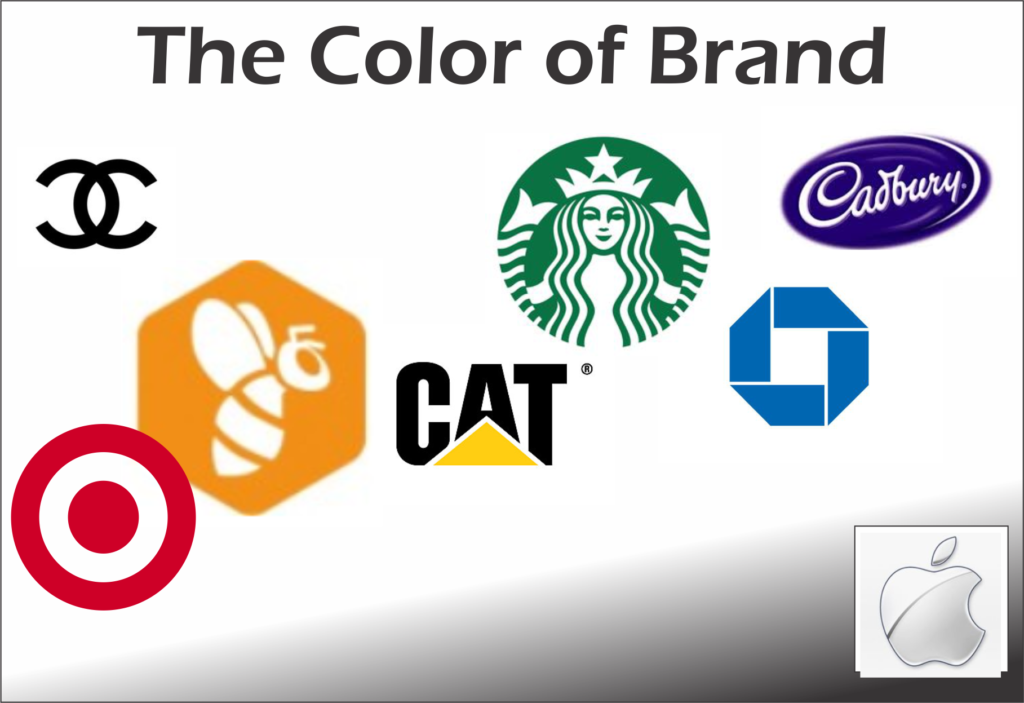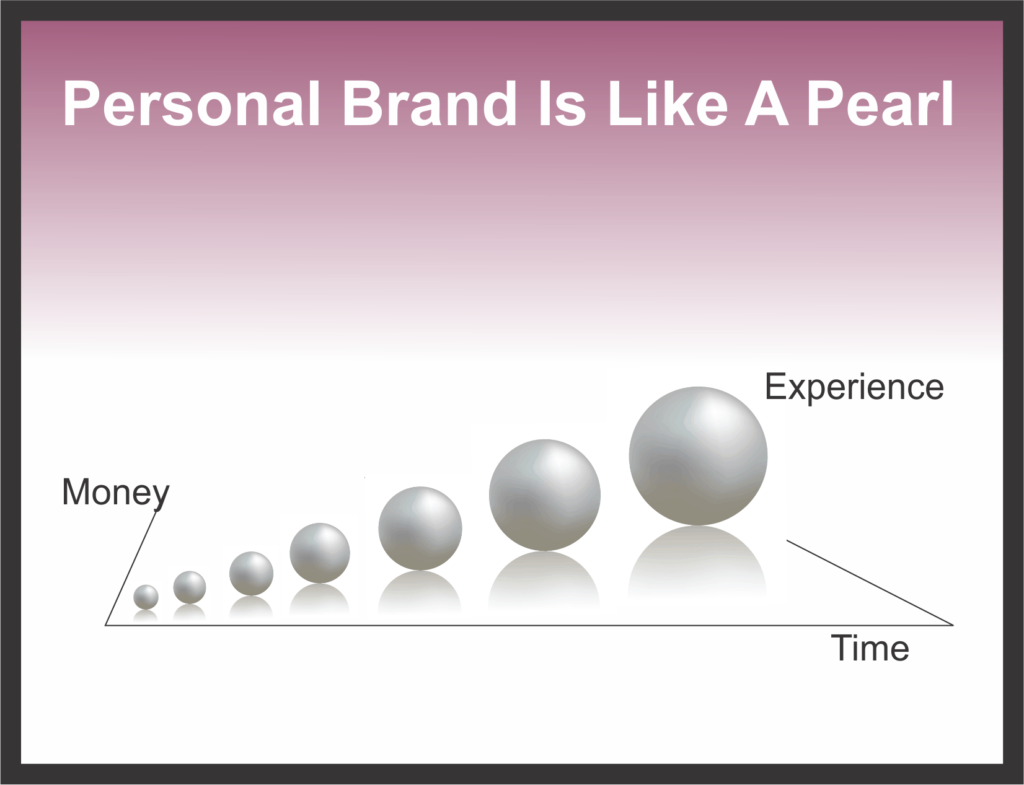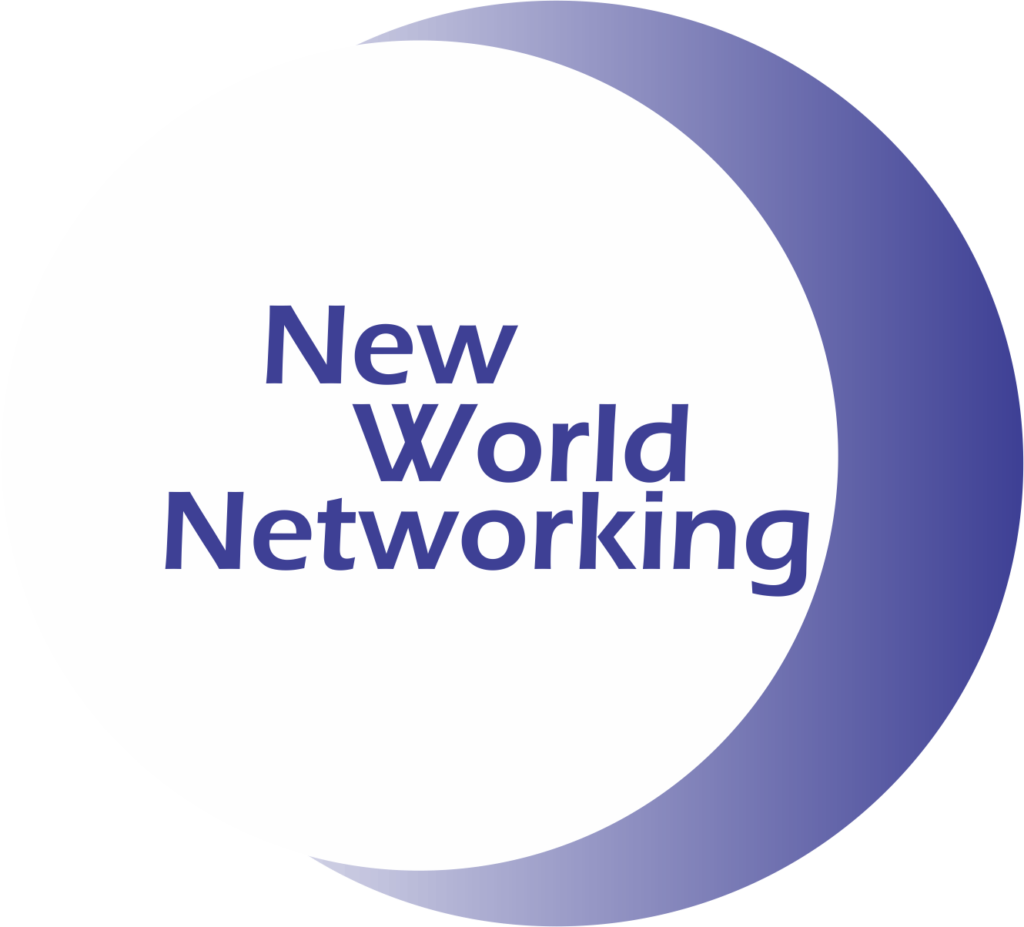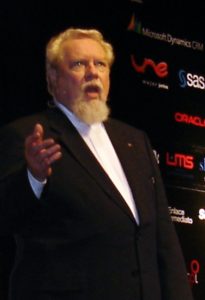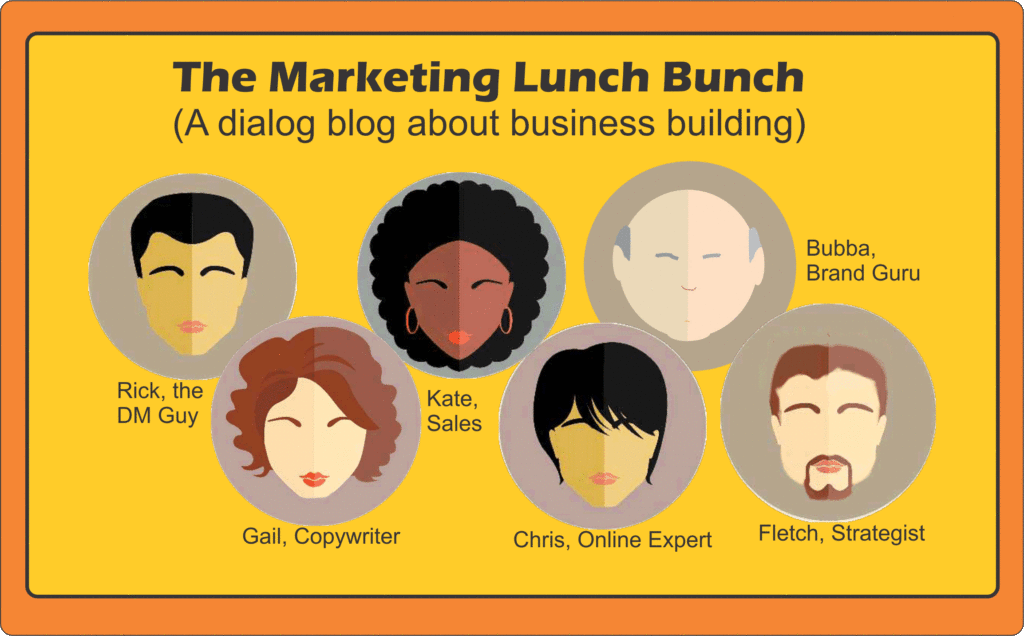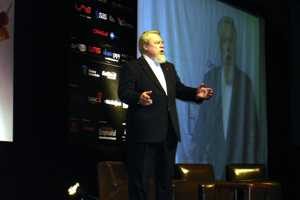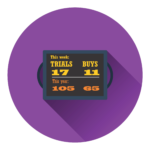When should you not think about it?
What’s the right time to contemplate scaling?
Why should you think about it?
How did you get into this business in the first place?
Let’s start with the last. Entrepreneurs start businesses for different reasons:
- You couldn’t get hired…for a host of reasons.
- You did an “apprenticeship” in a field and have new ideas to bring to it.
- You want to build a humongous operation, sell out for a gazillion, retire and “live the good life.”
- You want to change the world—one customer at a time.
- You have an idea that you believe will solve a common problem.
No, that is not all the possibilities but they are the most common ones I hear. Usually it is some combination and that is what drives the discussion of scalability.
When not to think about it:
Do not think about it right out of the chute. Put any consideration off until you have sales. Until your idea begins generating revenue you don’t have anything to scale. Then, even when sales begin you may not have all you need in place.
So what is the right time?
When you have to. When you get to the point that the sales generation can be easily projected to require increases in staff and infrastructure. That is just before you can’t keep up, even with every one pulling double shifts to get things done. Look at what it going to take to get through this crush and the next and the next.
Start now to cast your gaze over all the possible ways technology can impact what you are doing now and in each of those futures. Understand that digital transformation is going to change the way every business works. For instance, I heard on the radio today about how Block Chain Technology is being applied to a neighborhood electricity grid in Brooklyn to allow users to trade credits the way big industrial customers used to on the corporate electrical grid.
Why should you think about it?
Your world is going to change. Keep pace with the technology and keep looking for ways to make your operation more competitive. If Amazon can use drones for delivery and UPS or FedEx can let you track your package from half a world away and the company that provides most of the music for Catholic churches downloads it to musician’s I-pads, then there is something in technology that will give you an edge.
Scale at least as much as it takes to stay even. You need the right resources to grow. Your business needs a certain number of customers to generate the revenues that make your life comfortable. If that is all you are looking for I suggest that you look hard at scaling because your needs will change, the market will change and you’ll wake up one morning and find you’ve been left behind.
Scale to meet the demand. Whether you got into business to solve a common problem or you want to change the world or a combination of the two, if what you have is so desired, the market will push you. You will find yourself pushed to hire more people, add to your footprint, take on more inventory, contract for new distribution and on and on.
Stop! Step back and look at where all that is leading. Hire the folks that can help you figure out the most efficient way to accomplish your objectives. Too often we find ourselves in the tunnel seeing the light there at the end. Then we realize that light is the train coming towards us. It is better to be a little late getting a product to a customer than to wreck the business.
Think about scaling to answer questions from investors.
Funding, not scaling, is the key concern. Currently I’m working with one start-up that is still “in the garage,” another that is “up and running” about to be hammered by a couple of big sales. Each has the same problem—funding. You need to be able to explain why you need the funds and what they will deliver for the investor whether you are talking to friends and family, angel investors or venture capitalists.
 Jerry Fletcher is a beBee ambassador, founder and Grand Poobah of www.BrandBrainTrust.com
Jerry Fletcher is a beBee ambassador, founder and Grand Poobah of www.BrandBrainTrust.com
His consulting practice, founded in 1990, is known for Trust-based Brand development, Positioning and business development on and off-line. He is also a sought-after International Speaker.
Consulting: www.JerryFletcher.com
Speaking: www.NetworkingNinja.com
Get all the Brand Success Stories. Sign up at http://www.brandbraintrust.com/home.html


